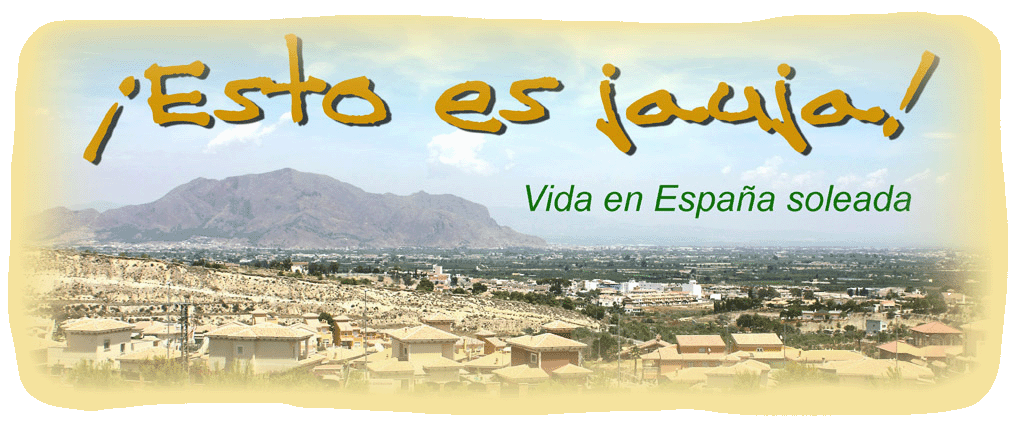Debt to the banks is something that towns and cities in the Vega Baja have come to live with since the financial crisis took hold and the construction boom ended. The amount of debt varies according to how each town has managed their finances: the average for the region stands at 325 Euros per resident.
The town with the largest debt per inhabitant is Daya Vieja. With a population of only 700, the town has a debt of 823,000 Euros which represents 1,182 Euros per person. Next comes Bigastro with a debt of 5.7 million Euros. With a population of 6,757 residents that equates to 844 Euros per person. Dolores follows this with a population of 8,000 and a debt of 5.2 million Euros.
Of course the largest debts are in the cities like Torrevieja which owes 65 million Euros to the banks. With a population of over 100,000 though that represents 650 Euros per capita. Other figures include Orihuela with a debt of 42 million, Pilar de la Horadada – 12.3 million, Guadamar del Segura – 12 million, Callosa de Segura- 10 million and Almoradí - 6.4 million euros. The good guys are Granja de Rocamora and Formentara both of which owe nothing to the bank.
Just why do these towns owe so much to the banks?
From my limited understanding the answer is that during the boom years they borrowed money to finance ambitious projects that they can no longer afford. To try and balance the books, a number of municipalities, including Bigastro, then sold off council land, in many cases at knockdown prices. Of course you can only sell land once, when that money has gone, then there is nothing left.
At the same time that they were undertaking building projects, many towns also increased the services they provided and took on new employees accordingly.
Once the construction boom came to a halt, the income from licenses dried up. The only recourse then was for towns to increase local taxes but there is a limit set by law on the level that they can charge. Here in Bigastro I believe we pay the maximum allowable for both our houses and our cars added to which we pay highly for collection of rubbish and for child care at the local nursery school.
Towns now have very limited options for trying to balance their accounts let alone pay off the huge debts they owe. In Bigastro, for example, the town defaulted on the payment plan it had agreed with Iberdrola to clear its debt for electricity. The result was that Iberdrola cut the supply to four of the public buildings. So clearly that was one area where a saving could not me made. There was talk of cutting the council workforce by offering early retirement which would bring a huge saving but as yet that has not been implemented. I recall reading that the council owed salaries to its workers before Christmas, whether that is still the case I could not say.To not pay council workers is one way to save money in the short term but is hardly an honest one.

No comments:
Post a Comment